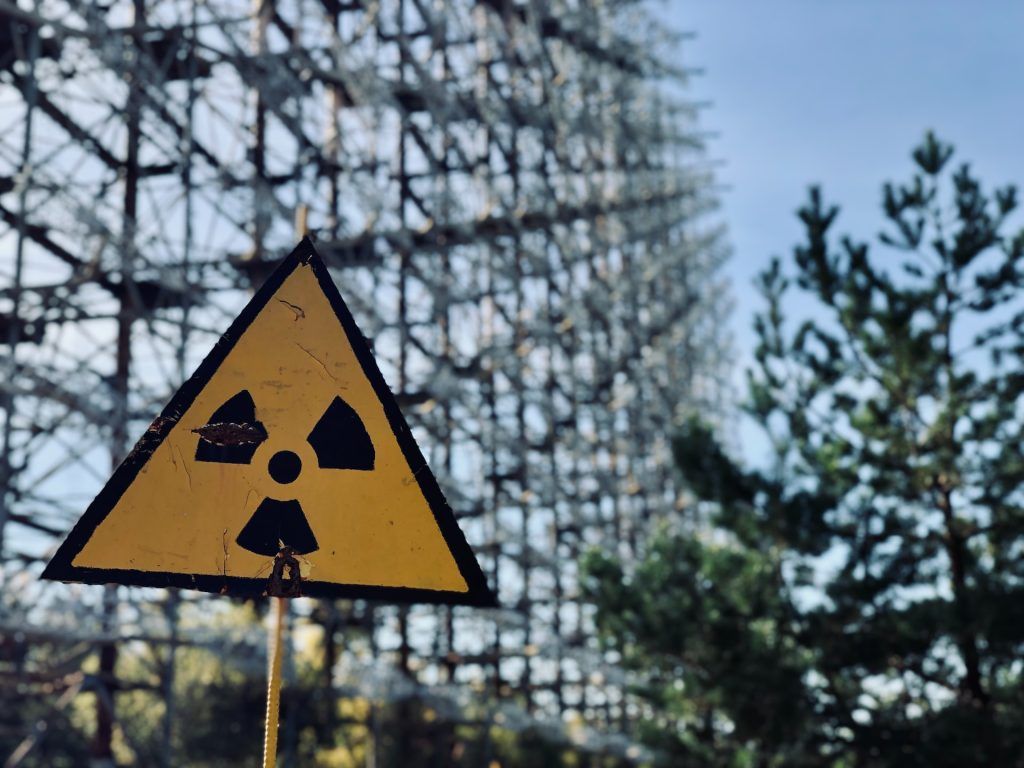
Fukushima Study Links Radiation To Higher Risk Of Diabetes In Emergency Workers
Explosions kicked off after a tsunami hit the Fukushima power plant in March 2011, releasing radioactive materials into the environment. VLADYSLAV CHERKASENKO VIA UNSPLASH.
|
Getting your Trinity Audio player ready...
|
A Fukushima-based study linked radiation with diabetes.
Japanese National Institute of Occupational Safety and Health (JNIOS) studied emergency workers who responded to a radiation accident at the Fukushima power plant.
Explosions kicked off after a tsunami hit the plant in March 2011, releasing radioactive materials into the environment.
At least 6.5 percent of the participants developed diabetes, revealing 47 percent higher chance of developing the glucose disorder among those who experienced the greatest quantity of radiation.

Those who were exposed to 10-19 millisieverts, the equivalent of up to 190 chest x-rays, were 33 percent more likely to have diabetes.
Those who had an exposure of 20 to 49 mSv were 47 percent more likely, and the five to nine mSv category has a six percent rise.
No up in the risk was observed in 50 mSv or higher, but researchers put this down to the small sample size.
The JNOIS looked at 5,326 out of the 20,000 emergency workers at the plant.
“Our findings suggest an increased risk of diabetes among nuclear emergency workers from low levels of radiation,” said Lead author Dr. Huan Hu, JNIOS.
“While the potential mechanisms remain somewhat unclear, reports suggest that radiation can adversely affect pancreatic cells responsible for insulin production, potentially contributing to diabetes,” said Lead author Dr. Huan Hu, JNIOS.
“Additionally, there is an association between radiation exposure and heightened inflammation, a well-known factor in insulin resistance and the development of diabetes,” said Lead author Dr. Huan Hu, JNIOS.
The team used a 2014 study, Epidemiological Study of Health Effects in Fukushima Emergency Workers (NEWS), that had been established to understand radiation’s long-term on emergency workers’ health.
“Ongoing follow-up of NEWS participants will provide an even clearer picture of diabetes risk at low radiation doses,” said Dr. Hu.

“As more diabetes cases emerge within our study group, our expanded dataset will enable more robust analyses, allowing researchers to better assess the link between radiation exposure and diabetes risk,” said Dr. Hu.
Between March and December 2011, emergency workers’ radiation exposure was measured using a pocket alarm dosimeter for external exposure, and a whole-body counter clocked internal exposure.
Regular health exams tested over 70 factors, including blood sugar, lipids, urine tests, inflammation biomarkers, thyroid function tests, and eye examinations.
The average age of participants in the current study was 46 years old.
In Europe, people face an average of 2.7 mSv of background radiation per year.
This is produced by natural radon gas in homes and cosmic rays from outer space.
Some Finland residents experience over seven mSv annually.
Single chest rays expose a patient to around 0.1 mSv of radiation, a single mammogram 0.4 mSv.
A CT scan of the spine would emit 10 mSv, and a PET scan 25 mSv.
Produced in association with SWNS Talker
Edited by Miriam Onyango and Newsdesk Manager
“What’s the latest with Florida Man?”
Get news, handpicked just for you, in your box.



